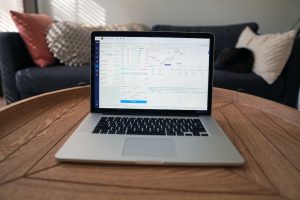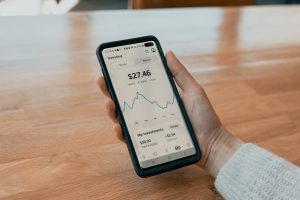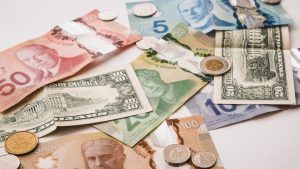Forex, or foreign exchange trading, is the largest and most liquid market in the world. It involves buying and selling currencies to make a profit. With the advent of technology, forex trading has become more accessible to retail traders, and automated trading systems have become increasingly popular. However, the question remains: how much computing power is needed to trade forex?
The answer to this question depends on several factors, such as the trading strategy, the frequency of trades, the size of the trading account, and the type of trading platform used. Let’s explore each of these factors in more detail.
Trading strategy
The trading strategy is the foundation of any forex trading system. It is the set of rules that determines when to enter and exit trades, how much to risk per trade, and how to manage open positions. Some trading strategies are simple and require minimal computing power, while others are complex and require more advanced algorithms and calculations.
For example, a simple trend-following strategy may only need basic technical indicators like moving averages and support and resistance levels. On the other hand, a high-frequency trading strategy that relies on scalping small profits from multiple trades may require advanced algorithms and data processing capabilities.
Frequency of trades
The frequency of trades refers to how often a trader enters and exits positions. Some traders prefer to hold positions for days or weeks, while others prefer to trade multiple times per day or even per hour. The more frequent the trades, the more computing power is needed to process data and make decisions in real-time.
For example, a day trader who makes 10 trades per day may need a faster and more reliable internet connection and a more powerful computer than a swing trader who makes only one trade per week.
Size of the trading account
The size of the trading account also plays a role in determining the computing power needed to trade forex. A smaller account may not require as much computing power as a larger account, as the trades are usually smaller in size and less frequent. However, a larger account may require more computing power to handle the increased trade volume and risk management requirements.
For example, a trader with a $1,000 account may only risk $10 per trade, while a trader with a $100,000 account may risk $1,000 per trade. The latter may require more advanced risk management tools and algorithms to monitor and control the risk exposure.
Type of trading platform
The type of trading platform used also affects the computing power needed to trade forex. Some platforms are more resource-intensive than others and may require faster hardware and internet connections. Additionally, some platforms offer more advanced features and tools that may require more computing power to run smoothly.
For example, a web-based platform may not require as much computing power as a desktop-based platform, as it relies on the internet connection and server resources. On the other hand, a platform that offers real-time market data and advanced charting tools may require a faster computer and graphics card to display the data and indicators properly.
Conclusion
In conclusion, the amount of computing power needed to trade forex depends on several factors, such as the trading strategy, the frequency of trades, the size of the trading account, and the type of trading platform used. Traders should assess their individual needs and requirements and choose the hardware and software that best suits their trading style and goals. Ultimately, the key to successful forex trading is not just about having the latest technology, but also about having a sound trading strategy and risk management plan in place.





